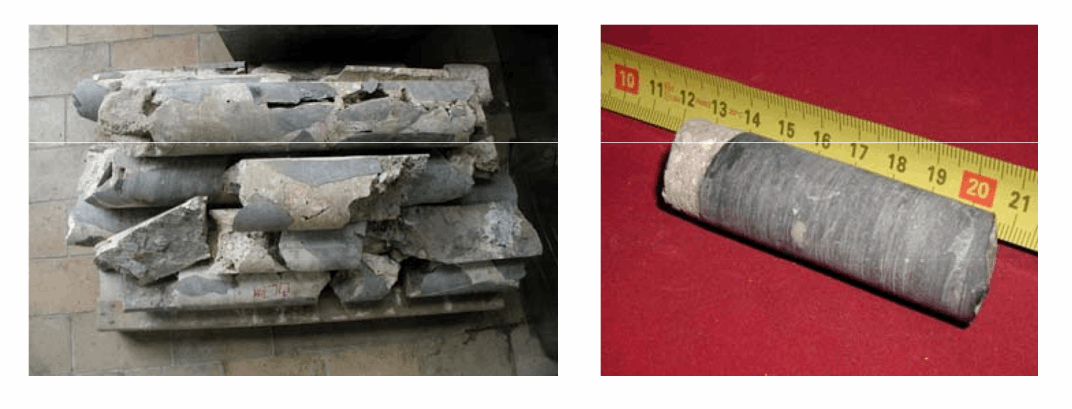L. Van Parys1, F. Dagrain2, C. Coudyzer3 and S. Datoussaïd4
1Assistant Professor, Dept of Civil Engineering, Polytechnic Faculty of Mons,
Rue de Houdain 9 – 7000 Mons – BELGIUM, laurent.vanparys@fpms.ac.be
2Assistant Professor, Dept of Mining Engineering, Polytechnic Faculty of Mons, fabrice.dagrain@fpms.ac.be
3Researcher, Dept of Mining Engineering, Polytechnic Faculty of Mons, christophe.coudyzer@fpms.ac.be 4Professor, Dept of Civil Engineering, Polytechnic Faculty of Mons, selim.datoussaid@fpms.ac.be
ABSTRACT
Since the civil authorities have understood the necessity to preserve old heritage buildings, important budgets have been allocated to finance restoration campaigns. For historical masonry buildings affected by structural pathologies, the restoration campaigns have to be preceded by stabilisation works. In order to understand precisely the structural behaviour of such constructions and to propose effective solutions for the future, engineers need correct knowledge of the constitutive materials (stone, mortar, …) Several on-site determination techniques exist, each having advantages and disadvantages.
This paper presents a scratching device, used daily by the petroleum industry for the measurement of the mechanical properties of rock materials. The scratching test has already shown its suitability in that field [1, 2, 3] and the paper proposes to extend it for on-site determination, from a small piece of mortar, of the uniaxial compressive strength – UCS. First, the method is presented. The data recorded during a scratching test are then interpreted with a phenomenological model in order to compute the intrinsic specific energy – ε – of the material, which is correlated with the UCS. The results of a preliminary calibration campaign performed on lab mortars in order to determine the relation between ε and the UCS are presented. Finally, application of the technique in the framework of the stabilisation works on the Our-Lady cathedral of Tournai (UNESCO World Heritage) is described. The preliminary results are encouraging and further research is in progress.
KEYWORDS: mortars, compressive strength, less-destructive method, on-site determination
4a-2



